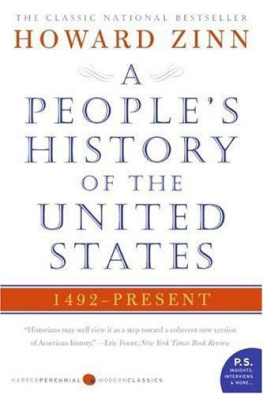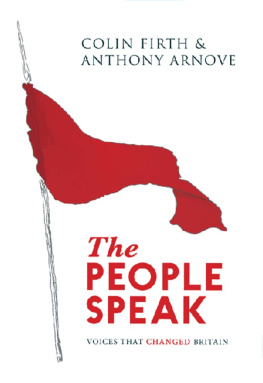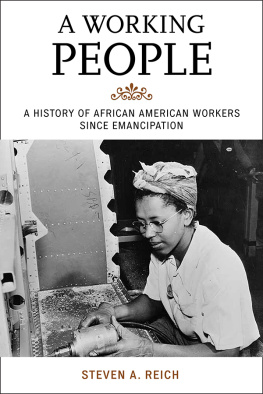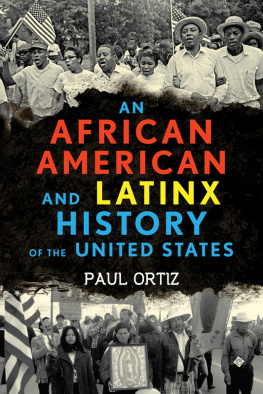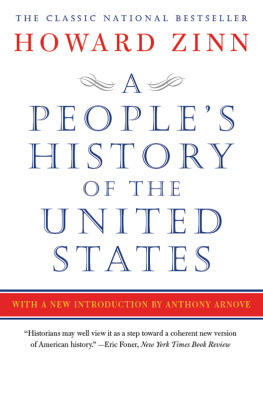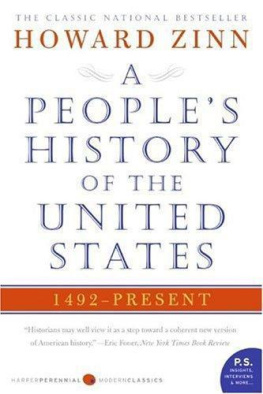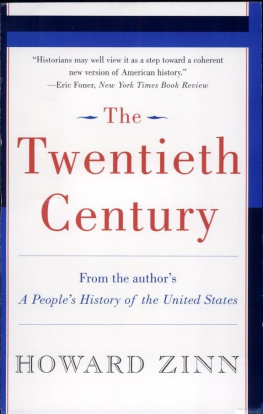1. Columbus, The Indians, and Human Progress
Arawak men and women,naked, tawny, and full of wonder, emerged from their villages onto the island'sbeaches and swam out to get a closer look at the strange big boat. WhenColumbus and his sailors came ashore, carrying swords, speaking oddly, theArawaks ran to greet them, brought them food, water, gifts. He later wrote ofthis in his log: They ... brought usparrots and balls of cotton and spears and many other things, which theyexchanged for the glass beads and hawks' bells. They willingly traded everythingthey owned.... They were well-built, with good bodies and handsomefeatures.... They do not bear arms, and do not know them, for I showed them asword, they took it by the edge and cut themselves out of ignorance. They haveno iron. Their spears are made of cane.... They would make fine servants....With fifty men we could subjugate them all and make them do whatever wewant.
These Arawaks of the Bahama Islands were much like Indians on themainland, who were remarkable (European observers were to say again and again)for their hospitality, their belief in sharing. These traits did not stand outin the Europe of the Renaissance, dominated as it was by the religion of popes,the government of kings, the frenzy for money that marked Western civilizationand its first messenger to the Americas, Christopher Columbus.
Columbuswrote: As soon as I arrived in theIndies, on the first Island which I found, I took some of the natives by forcein order that they might learn and might give me information of whatever thereis in these parts.
The information that Columbus wanted most was: Where is the gold? He hadpersuaded the king and queen of Spain to finance an expedition to the lands,the wealth, he expected would be on the other side of the Atlantic-the Indiesand Asia, gold and spices. For, like other informed people of his time, he knewthe world was round and he could sail west in order to get to the FarEast.
Spain was recentlyunified, one of the new modern nation-states, like France, England, andPortugal. Its population, mostly poor peasants, worked for the nobility, whowere 2 percent of the population and owned 95 percent of the land. Spain hadtied itself to the Catholic Church, expelled all the Jews, driven out theMoors. Like other states of the modern world, Spain sought gold, which wasbecoming the new mark of wealth, more useful than land because it could buyanything.
There was gold inAsia, it was thought, and certainly silks and spices, for Marco Polo and othershad brought back marvelous things from their overland expeditions centuriesbefore. Now that the Turks had conquered Constantinople and the easternMediterranean, and controlled the land routes to Asia, a sea route was needed.Portuguese sailors were working their way around the southern tip of Africa.Spain decided to gamble on a long sail across an unknown ocean.
In return forbringing back gold and spices, they promised Columbus 10 percent of theprofits, governorship over new-found lands, and the fame that would go with a newtide: Admiral of the Ocean Sea. He was a merchant's clerk from the Italian cityof Genoa, part-time weaver (the son of a skilled weaver), and expert sailor. Heset out with three sailing ships, the largest of which was the Santa Maria,perhaps 100 feet long, and thirty-nine crew members.
Columbus would never have made it to Asia, which was thousands of milesfarther away than he had calculated, imagining a smaller world. He would havebeen doomed by that great expanse of sea. But he was lucky. One-fourth of theway there he came upon an unknown, uncharted land that lay between Europe andAsia-the Americas. It was early October 1492, and thirty-three days since heand his crew had left the Canary Islands, off the Atlantic coast of Africa. Nowthey saw branches and sticks floating in the water. They saw flocks of birds.
These were signs ofland. Then, on October 12, a sailor called Rodrigo saw the early morning moonshining on white sands, and cried out. It was an island in the Bahamas, the Caribbeansea. The first man to sight land was supposed to get a yearly pension of 10,000maravedis for life, but Rodrigo never got it. Columbus claimed he had seen alight the evening before. He got the reward.
So, approachingland, they were met by the Arawak Indians, who swam out to greet them. TheArawaks lived in village communes, had a developed agriculture of corn, yams,cassava. They could spin and weave, but they had no horses or work animals.They had no iron, but they wore tiny gold ornaments in their ears.
This was to haveenormous consequences: it led Columbus to take some of them aboard ship asprisoners because he insisted that they guide him to the source of the gold. Hethen sailed to what is now Cuba, then to Hispaniola (the island which todayconsists of Haiti and the Dominican Republic). There, bits of visible gold inthe rivers, and a gold mask presented to Columbus by a local Indian chief, ledto wild visions of gold fields.
On Hispaniola, outof timbers from the Santa Maria, which had run aground, Columbus built afort, the first European military base in the Western Hemisphere. He called itNavidad (Christmas) and left thirty-nine crewmembers there, with instructionsto find and store the gold. He took more Indian prisoners and put them aboardhis two remaining ships. At one part of the island he got into a fight withIndians who refused to trade as many bows and arrows as he and his men wanted.Two were run through with swords and bled to death. Then the Nina andthe Pinta set sail for the Azores and Spain. When the weather turnedcold, the Indian prisoners began to die.
Columbus's report to the Court in Madrid was extravagant. He insisted hehad reached Asia (it was Cuba) and an island off the coast of China(Hispaniola). His descriptions were part fact, part fiction: Hispaniola is a miracle. Mountains andhills, plains and pastures, are both fertile and beautiful ... the harbors areunbelievably good and there are many wide rivers of which the majority containgold.... There are many spices, and great mines of gold and othermetals....
The Indians,Columbus reported, are so naive and so free with their possessions thatno one who has not witnessed them would believe it. When you ask for somethingthey have, they never say no. To the contrary, they offer to share withanyone.... He concluded his report by asking for a little help from theirMajesties, and in return he would bring them from his next voyage as muchgold as they need ... and as many slaves as they ask. He was full ofreligious talk: Thus the eternal God, our Lord, gives victory to thosewho follow His way over apparent impossibilities.
Because of Columbus's exaggerated report and promises, his secondexpedition was given seventeen ships and more than twelve hundred men. The aimwas clear: slaves and gold. They went from island to island in the Caribbean,taking Indians as captives. But as word spread of the Europeans' intent theyfound more and more empty villages. On Haiti, they found that the sailors leftbehind at Fort Navidad had been killed in a battle with the Indians, after theyhad roamed the island in gangs looking for gold, taking women and children asslaves for sex and labor.
Now, from his baseon Haiti, Columbus sent expedition after expedition into the interior. Theyfound no gold fields, but had to fill up the ships returning to Spain with somekind of dividend. In the year 1495, they went on a great slave raid, rounded upfifteen hundred Arawak men, women, and children, put them in pens guarded bySpaniards and dogs, then picked the five hundred best specimens to load ontoships. Of those five hundred, two hundred died en route. The rest arrived alivein Spain and were put up for sale by the archdeacon of the town, who reportedthat, although the slaves were naked as the day they were born,they showed no more embarrassment than animals. Columbus laterwrote: Let us in the name of the Holy Trinity go on sending all theslaves that can be sold.

